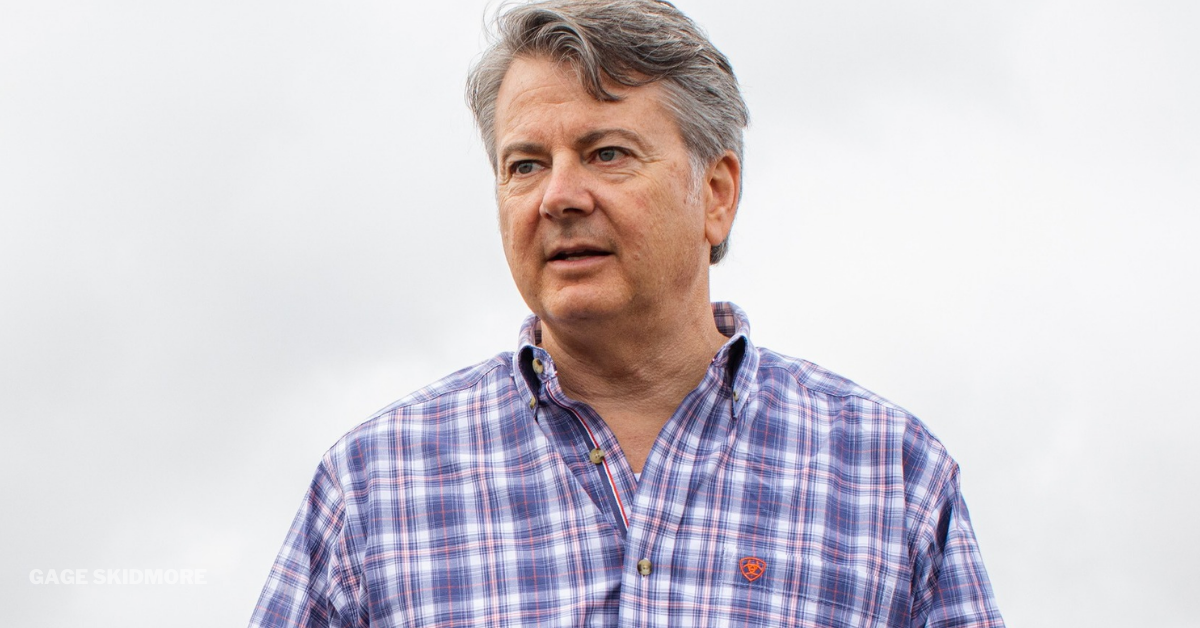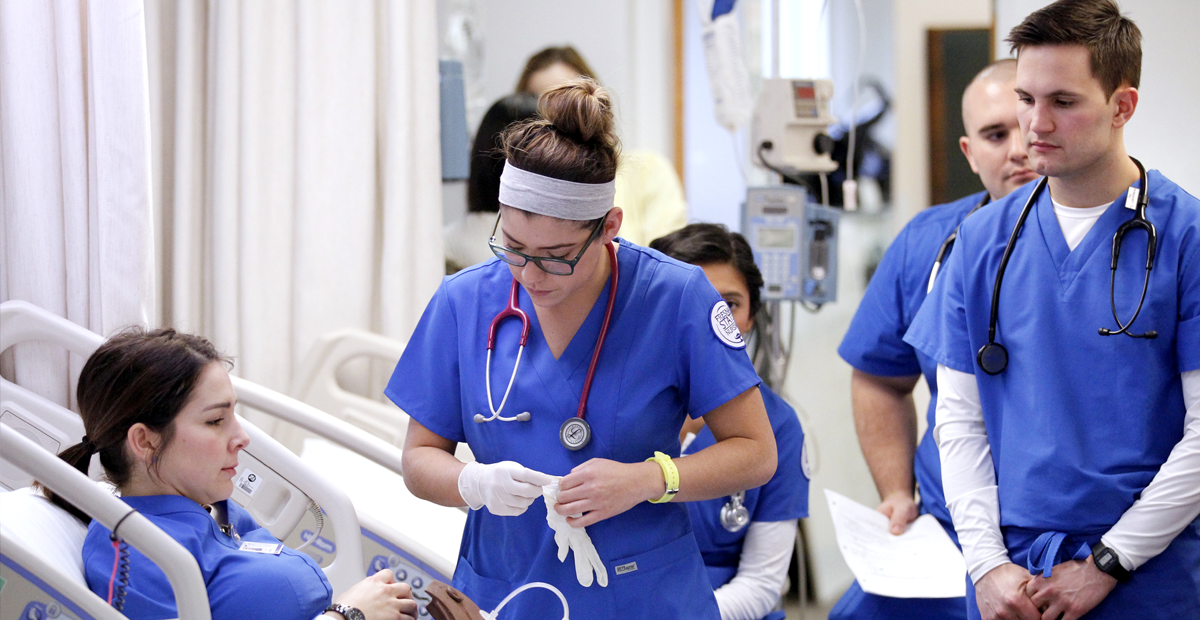The storied Fresno Fire Department celebrates its 140th anniversary this year.
Those 14 decades of dedicated service spotlight one key lesson – always get better, because the challenges never end.
“The service has evolved,” Chief Kerri Donis told me last week. “You used to do just one thing – you’d go fight a fire. You had volunteers and you hoped everyone answered the call of the trumpet and showed up. We’ve evolved from there to saying, ‘How can we be of more value to the customer, to the citizenry that pays the taxes? What other services can we provide besides fighting fires?’”
Donis and her fellow firefighters are planning ways to answer those questions while encouraging Fresno’s half-million residents to help them honor a milestone birthday.
“It’s the 140th anniversary of the department – established in 1877,” Donis said. “It’s one of the oldest departments in the country. So we want to make our community aware of the wealth and breadth of this department’s service to the community.
“We want to get community members involved. We invite them to go on station tours. We invite them to go on ride-alongs if they’re 18 or older. And we’re doing outreach to our high schools and colleges with career events to introduce the idea of the profession of firefighter as an opportunity to consider.”
The Department’s 2016 annual report tells all. Among the highlights:
- 379 members in the department, including 321 sworn personnel; Department budget — $63 million ($50.5 million from the general fund).
- Fire protection provided to City of Fresno, North Central Fire Protection District, Fresno Yosemite International Airport, Fresno County islands within the city limits.
- 24 fire stations; four of them are two-company houses (containing both a fire engine and a fire ladder truck).
- 43,890 calls for service were answered; these ranged from medical aid and false alarms to hazardous conditions and (of course) fires.
- Engine Company 3 (on the corner of Fresno and E streets in Downtown) responded to 4,376 calls for service, the most of any station in the Department. That’s an average of nearly 12 calls per day.
- 3,356 fires, including 1,002 structure fires, 621 vegetation fires and 410 vehicle fires.
- 3,801 repair requests in the Fire Shop.
- 5,661 fire inspections; 3,489 plan reviews; 1,252 new sprinkler inspections; 652 five-year sprinkler tests.
- 509 total fire investigations; 68 arrests.
- 6 civilian fatalities from structure fires; 37 civilian injuries; 86 firefighter injuries.
- Total economic loss from all fires — $23.5 million. Economic loss from arson — $1.7 million.
- The first firefighters arrived at a structure fire within four minutes of receiving the call 74% of the time; an effective residential firefighting force (15 firefighters) arrived on scene within eight minutes 81% of the time; an effective commercial firefighting force (21 firefighters) arrived on scene 82% of the time.
(Just in case you’re wondering about this year, the Chief said the Department in 2017 is on a pace that, should it continue for a full 12 months, would result in 5,000 more calls for service than in 2016.)
“The pride and work ethic of the men and women in this department is unmatched,” Donis said. “I say that because I worked my way up through the ranks and have watched a lot go on here.
“Through the years we have had our highs and lows. We’ve had good times where we had a lot more firefighters. And then there was the economic downturn and, like everyone else, we had to make some modifications to the service we could deliver.
“But those firefighters kept showing up, and gave their very best every single day and delivered that service on every single call that came in.”
Fire departments across the nation have evolved into full-service agencies much like Fresno’s. Hazardous materials spilled on a street? Call in the firefighters. A troubled man threatening to jump off a bridge? Call in the firefighters. Someone clinging to a log in a fast-running river? Call in the firefighters.
Donis said some agencies have changed their names to reflect their expanded mission – Fire and EMS, or Fire and Rescue Services.
Budget hearings for the 2017-2018 fiscal year are just around the corner. The past two budget cycles were encouraging for departments throughout the city. Donis noted that it wasn’t too long ago that the Fire Department had zero two-company stations; that’s what the Great Recession can do. Now there are three two-company stations within the city limits. Donis said the Department has more money for training. A battalion chief was added for safety oversight. The long-simmering labor dispute was settled.
“I give credit to the council, the mayor and the city manager,” Donis said. “They have consistently made investments over the last couple of years in this department. I am hopeful we’ll continue to grow. I’m confident this mayor and council want to support the growth of the Fire Department. I know there are competing interests. We’re just trying to make our case, like every other department in the coming weeks.”
There was considerable talk several years ago about building a new maintenance shop. The current shop on Fresno Street next to Station 3 is too small and dated for an organization as complex as the Fresno Fire Department.
Construction of a new shop proved to be too expensive, Donis said. The plan now is move into a remodeled shop at the City Yard that is being vacated by Public Utilities.
Donis said the Department would like to add one more two-company station. The Department is also looking into a new way to answer medical emergency calls. Firefighters now respond in a fire engine or a ladder-truck. Those are large and expensive pieces of fire-fighting equipment. Donis said it might be smarter to respond in a two-person vehicle – essentially a specially-designed SUV – operated by sworn firefighters. The Chief said this response model would save wear and tear on engines/trucks, maintain current service levels and ensure that the vehicle operators (who would have their gear with them) could quickly answer a fire call.
The Chief mentioned a unique word rather often in our 35-minute interview – SART. It’s an acronym for Serious Accident Review Team. A 274-page SART report was publicly released in early 2016 on the Pete Dern incident.
Captain Dern was severely burned while fighting a residential fire in Central Fresno on March 29, 2015. The SART report produced recommendations to improve the Fresno Fire Department.
The report pulled no punches.
“During our interviews,” the report states, “it was stated many times by several department members that, ‘we are the Fresno Fire Department, we fight a lot of fire.’ This statement was not said in a bragging manner, but as a statement of fact in their opinion. The resulting culture is one of overconfidence and a feeling of not really needing any leadership. Statements were made that, ‘when we get on scene we just go to work.’”
Per the SART report’s recommendations, Donis said, the Department has pursued increased leadership training for captains and above. She said continued leadership training would be a priority in 2017.
Overall, Donis said, Fresno and its Fire Department have many reasons to celebrate this 140th birthday. I asked the Chief the most basic question of all: What makes a firefighter tick?
“One of the things that makes firefighters unique is that you have to have a servant’s heart to be a firefighter,” Donis said. “You have to have the passion and desire to serve, to serve others, to serve our community. They answer the call to provide that service.
“Firefighters have never been in a position of having to hold a call. We don’t do that. We might wrap up one fire call, and put all of our equipment away, and then they can hear on the radio that another fire call is going out somewhere else in the city. And they’ll hurry up and run to the next call. And they’ll finish up that second call and they’ll be heading back to get a shower – and they’ll get a medical emergency. They go to that call.
“And that will happen all day long, and all night in some cases. They do their 24- or 48-hour shift. They go home and take a rest. Then they come back and do it again. That’s the calling of this service. It’s a very special calling.”












Some history. When the original paramedic program went into service in 1975, FFD put its medics in squads identical to those made famous by the TV show ‘Emergency.’ When the fire chief retired his successor felt the medics needed to be reminded they were fire fighters and shut the squads down. The medics were placed on the truck companies.
Back in the day, FFD medics responded to all Code 3 ambulance calls in the city (plus instant aid calls assisting Mid Valley Fire District). That workload was hell on the rolling stock. Eventually FFD acquired ambulance type vehicles that the medics staffed. The medic units ran through the late ’80s and early ’90s when the FFD medic program ended.
FFD then became first responders for medical emergencies. The types of EMS calls the department responded to were gradually reduced. Today the department does not roll to every Code 3 ambulance call in the city like it did back when.